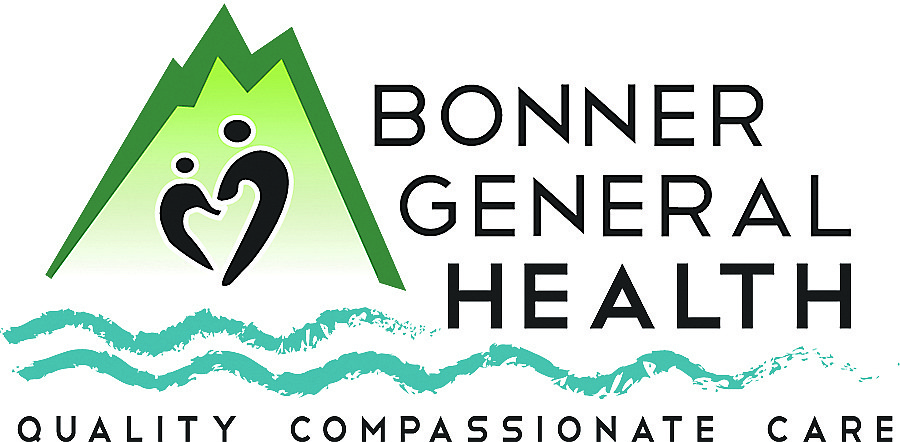Try to avoid the dangers of breathing smoke from fires
Back in December, a reader named Pat wrote, “Many of the people in Seven Sisters Subdivision located in Kootenai have been experiencing ill effects from the burning of an enormous slash pile in the field next to our neighborhood.
“It has been smoldering there since the end of October,” she wrote. “And this is not the only source of such smoke in Bonner County. It seems that lately, no matter where I go in the area, I see billows of gray haze and smell the acrid aroma of burning wood and brush. I wondered if you might be interested in writing about the health issues, both short and long term, that might result from exposure to such smoke.”
Slash burning, prescribed fires and forest fires are a constant concern for those of us in the Pacific Northwest. The American Lung Association says that everyone’s health is at risk from fires, even healthy adults. “But some groups may be particularly vulnerable and susceptible to smoke impacts, including children, older adults, pregnant people, those with underlying respiratory and cardiovascular conditions, outdoor workers, socioeconomically disadvantaged populations and people without homes.”
The Environmental Protection Administration says that “smoke is made up a complex mixture of gases and fine particles produced when wood and other organic matter burn. The biggest health threat from smoke comes from fine particles. These microscopic particles can get into your eyes and respiratory system, where they can cause health problems such as burning eyes, runny nose, and illnesses such as bronchitis. Fine particles also can aggravate chronic heart and lung diseases – and even are linked to premature deaths in people with these conditions.
“People with heart disease might experience chest pain, palpitations, shortness of breath, or fatigue. People with lung disease may not be able to breathe as deeply or as vigorously as usual, and they may experience symptoms such as coughing, phlegm, chest discomfort, wheezing and shortness of breath. When smoke levels are high enough, even healthy people may experience some of these symptoms,” EPA says.
The University of Idaho Extension Center has several tips for burning safely, including the advice to keep your slash piles clean. “Slash piles with a lot of dirt in them are hard to burn. They can hold smoldering fires long after they are ignited – even into the next fire season!”
Also, be sure you know what’s in there. Burning plastic has been associated with increased risks of heart disease, respiratory issues, and neurological disorders. Make sure you have the proper tools for firefighting and don’t forget the burn permit.
With burning and wildfire season coming up quickly, it’s important to know how to reduce your smoke exposure. The EPA says to start by knowing what the local air quality index (AQI) is in your area. You can find that info at Accuweather.com or at Airnow.gov.
“As smoke gets worse, the concentration of particles in the air changes – and so do the steps you should take to protect yourself. Use common sense. If it looks smoky outside, it’s probably not a good time to mow the lawn or go for a run. And it’s probably not a good time for your children to play outdoors,” EPA advises. They do say, however, that smoke levels can change throughout the day, so monitoring the AQI throughout the day is a good idea.
“In order to reduce smoke exposure indoors, stay inside with the doors and windows closed. Whether you have a central air conditioning system or a room unit, use high-efficiency filters to capture fine particles from smoke. And, if you do not have an air conditioner and it is too warm to stay inside with the windows closed, seek shelter elsewhere.”
They also say to be careful not to add to indoor air pollution. “Do not burn candles or use gas, propane, woodburning stoves, fireplaces, or aerosol sprays. Do not fry or broil meat, smoke tobacco products, or vacuum. All of these can increase air pollution indoors,” the EPA suggests.
“If you have asthma or other lung disease, make sure you follow your doctor’s directions about taking your medicines and following your asthma management plan. Call your doctor if your symptoms worsen.”
There are a lot more recommendations. Just Google “how wildfires affect health” for more info.
Kathy Hubbard is a member of Bonner General Health Foundation Advisory Council. She can be reached at kathyleehubbard@yahoo.com.

